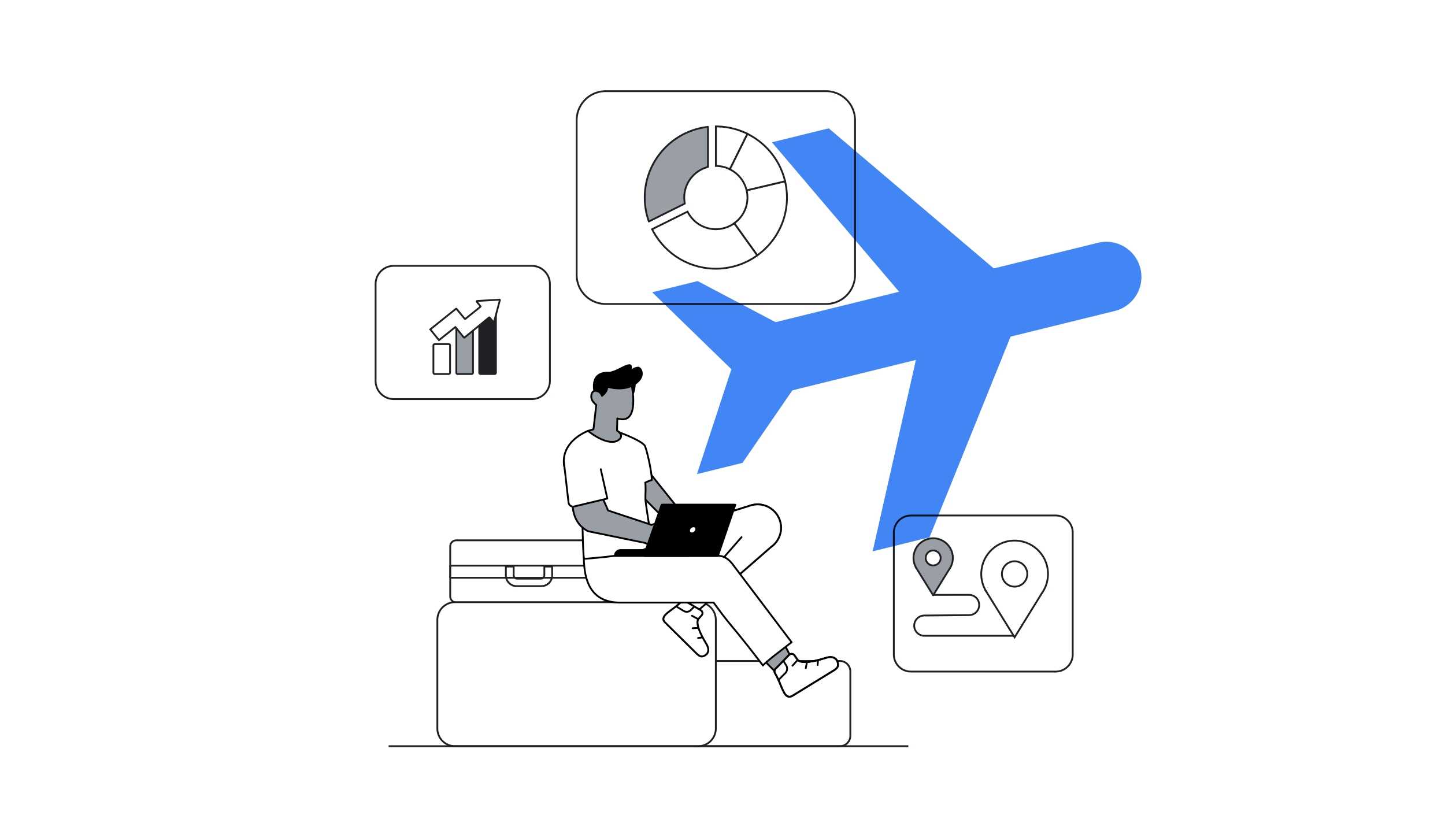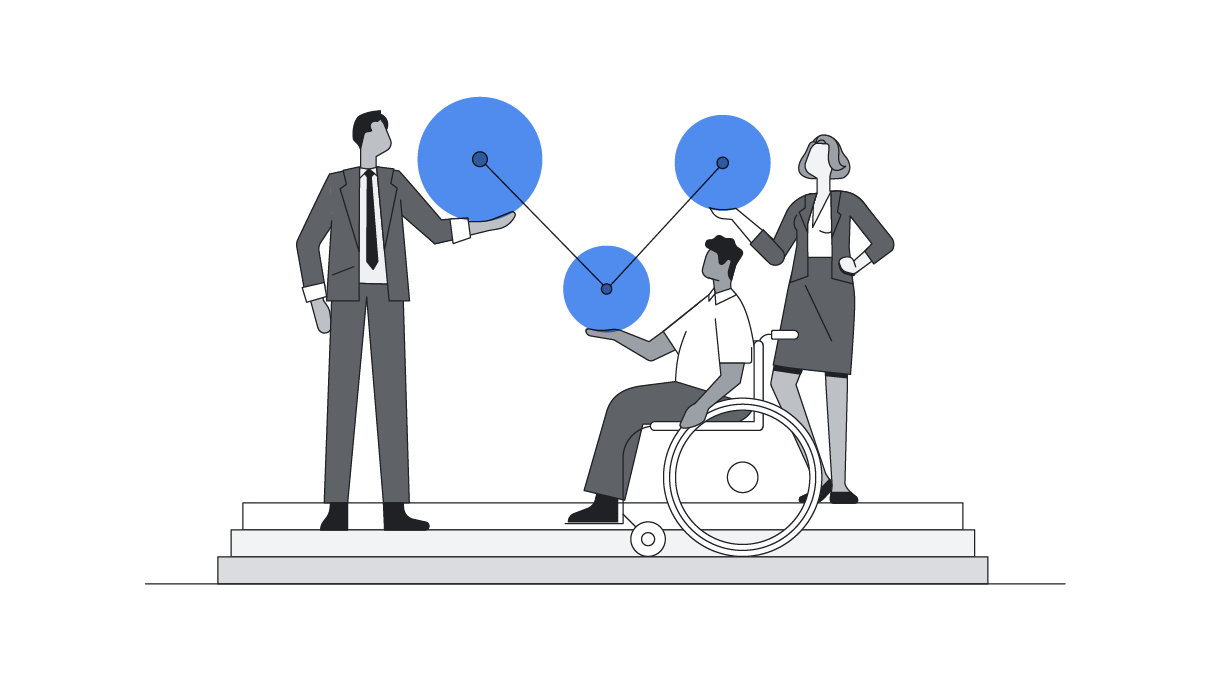Thanks to mobile, people now expect to get what they want, when they want it. This evolution in consumer behaviour requires marketers to stay a step ahead – because with heightened empowerment comes heightened expectations for every experience. And people expect those experiences to be useful, personal, and frictionless.
In short, the brands who offer the best assistance will win. If you’re lagging in this area, incorporate these four key mobile marketing strategies into your playbook for a better chance at unlocking growth.
1. Stop chasing intent and start predicting what people want at any moment
Intent is everywhere. Whether people are searching for the best products, browsing deals, or scrolling reviews, they shift between devices, channels and across numerous touchpoints. We’ve never been closer to engaging people across their entire journey and assisting them with exactly what they need, when they need it. To do so, brands must stop chasing intent and start predicting it. Brands can use predictive signals from search to create, capture and assist people with what they need, wherever they are. And when you use machine learning and automation to tap into those signals, you can move from chasing intent to building an engine that enables you to anticipate it.
Allstate, for example, acquired more high-quality customers using a value-based segmentation across media and increased retention using signals from search. By coupling its customer data with Google’s intent signals, Allstate was able to predict and deliver on customers’ needs more efficiently across all touchpoints.
2. Drive growth by leveraging insights to reach the right audiences
Thirty-three per cent of marketers agree that improved understanding and engaging the right customers is most important to reaching their marketing goals in the next three years.1 But with people researching and purchasing online, in-store and by voice, successful brands will have to revisit their data strategies to ensure they’re providing a dynamic experience informed by a unified view of the customer journey.

To build an effective data strategy, connect insights across the journey to better understand and respond to people’s needs in a more personalised way.
Also, employing the right measurement helps businesses uncover the best ways to invest their limited marketing resources. Better measurement leads to better marketing, which leads to new customers and continued growth.
3. Make mobile experiences a business priority
People expect fast and relevant experiences on mobile. When brands are there with seamless mobile experiences, it’s a win-win for everyone. Consider these three mobile marketing guidelines to be successful.
Each second counts: The average mobile page takes more than 15.3 seconds to fully load.2 A recent Google study analysed load times for a set of mobile sites and found that those that loaded in two seconds or less had a 15% higher conversion rate than the average mobile site.3

Each step matters: Almost half (46%) of consumers prefer to use their smartphone to complete the entire process from researching to buying.4 But people often abandon their baskets due to poor mobile checkout experiences.
Each user differs: 61% of people expect brands to tailor experiences based on their preferences.5 Furthermore, 90% of leading marketers say personalisation significantly contributes to business profitability.6 As such, leading brands are creating value for shoppers based on their past interactions.

4. Drive purchase decisions by helping customers turn intent into action in an omnichannel world
The shift to mobile has created an “if I want it now, I can get it now” world, giving rise to a new type of consumer. Leading omnichannel marketers are winning these customers by connecting the dots across all the moments that inspire and influence a purchase online and offline.
Online and offline must be tightly integrated to deliver seamless experiences that enable customers to act quickly. Take all the inputs you know about your customer – from CRM, consumer data and payments systems – to make those connections. Every interaction, online or offline, should inform that next “anywhere” interaction.
For instance, Panera’s Bread’s MyPanera loyalty programme is the largest in the industry, with over 30 million members. Drawing from its wealth of data allows for customisation at scale. The fast-casual chain uses behavioural and contextual cues to customise messaging and give customers much more relevant experiences. This personalised approach keeps people engaged, drives loyalty and ultimately increases sales. Panera Bread’s success shows why online and offline teams should work together with a customer-first mindset.
To dig deeper into leading marketers’ solutions for unlocking growth, see our collection of growth opportunities to ensure your organisation is prepared for the future.








